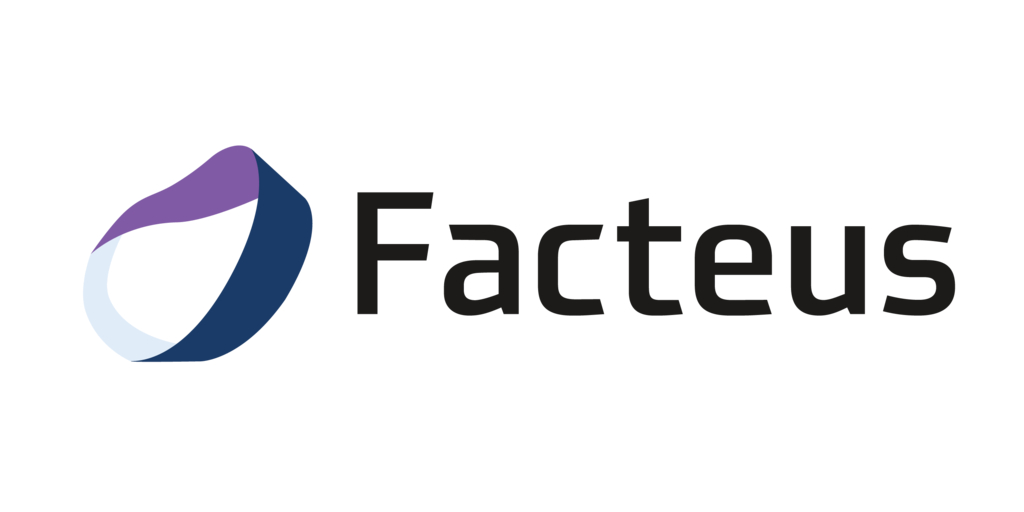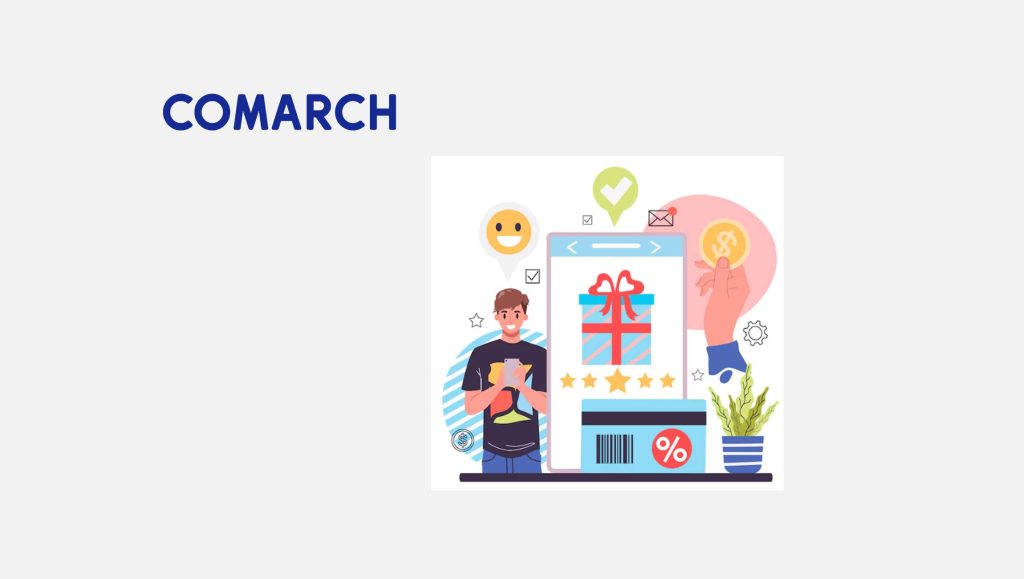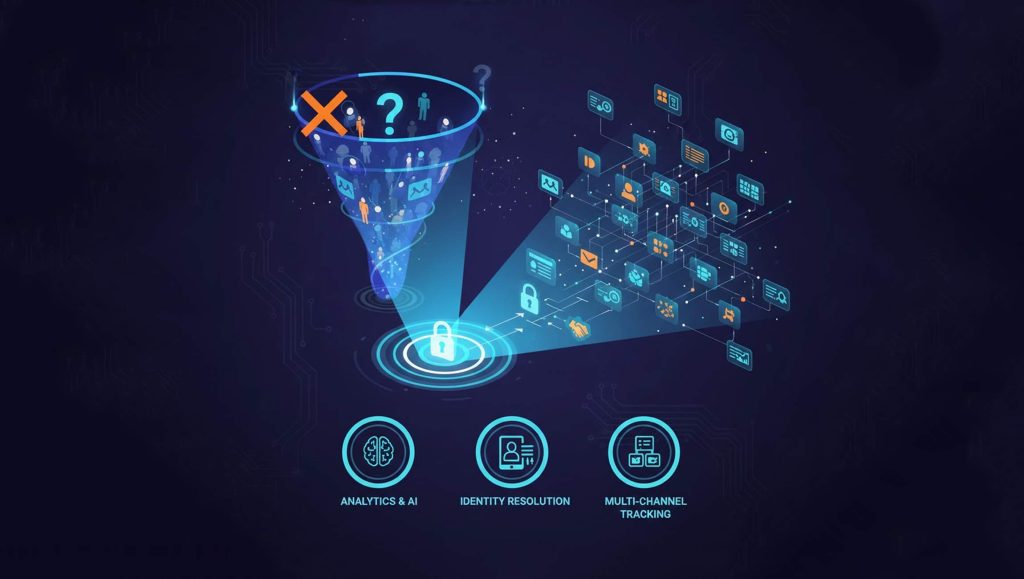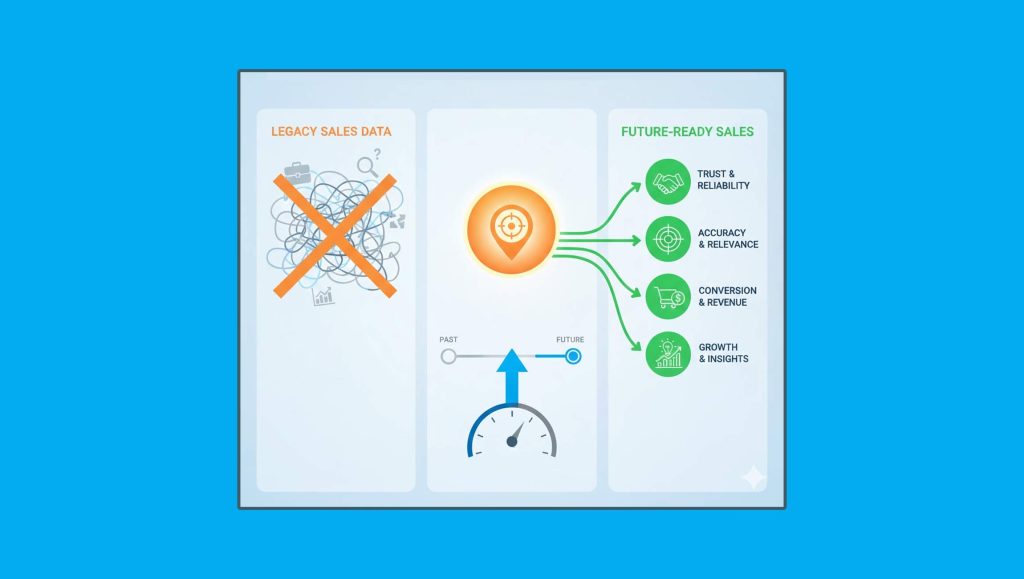How can AI tools help B2B teams boost their data policies and practices? Jonathan Chin, Cofounder of Facteus has some tips:
___________
Welcome to this SalesTechStar chat Jonathan, tell us about yourself and your role at Facteus
I am a Co-Founder at Facteus and I have been here since the beginning. I have worn many different hats over the past 13 years, but currently, I am the Head of Growth & Data Strategy. I oversee our marketing and business development efforts while working very closely with the sales and product teams. Understanding both our customers and our markets while articulating the Facteus vision and value is at the core of my role. The more I can speak to our customers, prospects, and industry leaders, the better.
We’d love to hear from you about the key metrics and processes that can help brands (sales/marketing teams) drive insights and info on competitor intelligence.
Cross-shopping is a powerful metric to track as it provides insights into where your customers are shopping, specifically at which competitors. These insights can reveal patterns in their purchasing behavior. By analyzing transaction data, brands can uncover which competitors their customers are shopping at, how frequently, and the proportion of their spending.
Identify Key Competitors: Start by identifying the competitors that are most relevant to your brand. These could be based on product offerings, geographic presence, target demographics, or other criteria.
Segment Your Customers: Segment your customers into meaningful groups based on attributes like purchasing frequency, average transaction size, and demographic characteristics. This enables more tailored analysis and insights.
Analyze Cross-Shopping Behavior: For each customer segment, analyze the transaction data to identify where else they are shopping. It’s imperative to look for patterns in terms of frequency and timing of purchases. Understand the share of wallet that competitors are capturing from your customers.
Contextualize the Data: Contextualize the cross-shopping data by taking into account factors like promotions, seasonality, and market trends. Understand the reasons behind the observed cross-shopping behavior.
Gather Qualitative Insights: Supplement the quantitative data with qualitative insights. Conduct better surveys or interviews with customers to understand their motivations for cross-shopping, their perceptions of competitors, and their unmet needs.
By understanding this shopping behavior retailers can enhance customer loyalty and capture a larger share of the spend from its customer base.
Read More: SalesTechStar Interview with Leandra Fishman, CRO at Apollo.io
When it comes to assessing competitor marketing share and value, how can sales teams especially break down this info to further their own campaigns and prospecting processes?
Building off of the cross cross-shopping metric in the previous answer, breaking down findings can be both surprising and informative for campaign building. For example, using Facteus data, we performed a cross-shopping analysis for Old Navy customers. The data revealed that the most popular competitor Old Navy customers frequent is American Eagle. The knee-jerk would be for Old Navy sales and marketing teams to try to build defensive campaigns to capture more of the wallet share from American Eagle. However, upon deeper inspection of the data, it also revealed that the American Eagle cross cross-shopping is the best-performing customer segment for Old Navy! In other words, the American Eagle cross shoppers spend the most and the most often at Old Navy as well.
Breaking this data down deeper can help the Old Navy team navigate this relationship further and might even turn into a collaboration. This suggests that customers are satisfied with both their Old Navy purchases and their American Eagle purchases.
How are you seeing B2B teams use AI in these areas to drive insights faster and deliver more quality data?
The advent of AI and the cutting-edge developments in generative AI technology has brought transformative changes to the B2B landscape, especially in the realm of data analytics. With the power of AI, businesses are now better equipped to extract, analyze, and interpret large volumes of data at unprecedented speeds and scale. The automation capabilities of AI have reduced the reliance on traditional data wrangling methods, which often involved tedious and time-consuming tasks of cleaning, structuring, and pre-processing data. AI technology streamlines these processes and accelerates time-to-insight, making it possible for businesses to derive valuable insights from data more quickly and efficiently.
As Harvard Business School professor Karim Lakhani eloquently put it, “AI will lower the cost of cognition.” In other words, AI technology significantly reduces the cognitive burden on humans by automating complex, data-intensive tasks and enabling more informed decision-making. B2B teams, in particular, are benefiting from this lowered cognitive cost, as they can focus more on strategy development and value-added activities instead of getting bogged down in the intricacies of data analysis.
This democratization of data insights means that B2B teams can now engage more closely with data and unlock its potential without being hindered by technical barriers. By harnessing AI’s capabilities to lower the cost of cognition, businesses can leverage data-driven insights to fuel their growth, enhance their offerings, and optimize their messaging. In essence, AI is revolutionizing the way B2B teams interact with and leverage data to drive success and make business decisions.
Read More: SalesOps and MarketingOps Tips for B2B Team
A few best practices you feel teams in B2B should keep in mind when collating and assessing customer data?
When it comes to collating and assessing customer data in B2B settings, it is crucial to be open-minded and objective. This means that businesses must be willing to embrace unexpected insights from data, even when those insights challenge existing assumptions or contradict traditional wisdom. Data is unbiased and unemotional, and it may reveal findings that do not “cooperate” with what a company thought it knew. In such situations, a company can choose to either dismiss the data and stick to its existing beliefs or be open-minded and embrace the objective insights provided by the data.
It’s essential for companies to recognize that insights from data don’t always come in neat, agreeable packages. Data can be disruptive, surprising, and even unsettling, but it is often within these unexpected revelations that the greatest opportunities lie.

Facteus, is a leading technology and data company, is the largest and fastest (1-day lag) provider of consumer transaction and packaged goods data and insights in the Alternative Data industry.
Jonathan Chin is Cofounder of Facteus
Missed The Latest Episode of The SalesStar Podcast? Have a quick listen here!
Episode 181: How Podcasts can Drive Growth in B2B: with Justin Steinman, CMO at Definitive Healthcare
Episode 180: Visual Storytelling Best Practices with Andrew Fingerman, CEO of PhotoShelter
Episode 179: The Impact of Al in Sales and Marketing with Ketan Karkhanis, EVP & GM, Sales Cloud, Salesforce





















